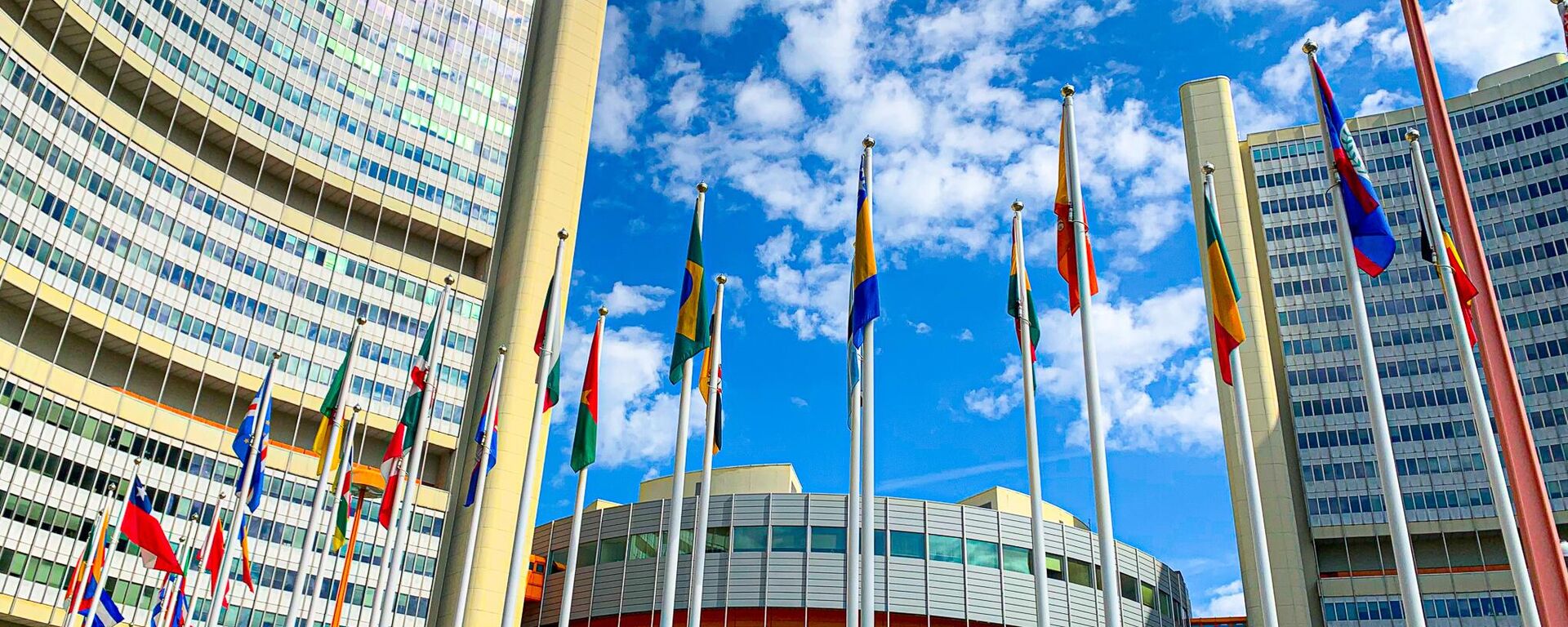Nations in Moon Projects Need to Coordinate to Avoid Accidents, UN Space Affairs Chief Says

© AP Photo / John Raoux
Subscribe
WASHINGTON (Sputnik) - UNOOSA has been the primary custodian of the peaceful use of outer space since the adoption of the Outer Space Treaty in 1967.
Nations engaged in activities on the surface of the Moon or in its space environment needed to make agreements to ensure their communications systems and other activities avoid accidents, collisions and confusion, United Nations Office for Outer Space Affairs Director Aarti Holla-Maini said.
"Lunar coordination: That's a big one! ... How do we ensure cooperation? How do we make sure missions don't crash with each other?" Holla-Maini asked. "How do we ensure we don't put multiple navigation systems around the Moon because the Moon is [only] one sixth the size of the Earth?" Holla-Maini told a meeting at The Atlantic Council on Friday.
Nations had slowly started to move forward to initiate diplomatic discussions on the issues of ensuring effective lunar communications without overlaps of effort, competing agendas, or different systems interfering with each other, Holla-Maini said.
"We've seen at the last ITU [International Telecommunications Union] World Radio Conference last year in Dubai that the ITU is moving forward with an agenda on lunar communications," Holla-Maini also said, adding that the development is "absolutely vital."
The United States is pushing ahead with an agenda to send repeated manned missions and eventually maintain a sustained human settlement on the Moon in the region of the lunar South Pole with its Artemis program.

